Reviewed by Corey Noles
So, you strap on your Apple Vision Pro, and for the first time since launch, there's actually something new to watch that didn't exist yesterday. Sound familiar? If you've been holding onto that $3,499 headset wondering when Apple would deliver on its content promises, the wait might finally be over.
Apple's latest immersive video releases mark a turning point for the platform, with Submerged becoming the first scripted film captured in Apple Immersive Video. The growing catalog now includes everything from Metallica concerts to NBA All-Star coverage, suggesting Apple is finally serious about feeding its premium spatial computing device the content it needs to justify its existence.
What makes Apple Immersive Video actually different this time?
Let's break down what Apple has been building while everyone complained about the lack of Netflix and YouTube apps. Apple Immersive Video delivers 180-degree stereoscopic video at 90 frames per second with approximately 5x more pixels than standard video, 3x the frame rate, then doubled because it's stereoscopic. The result? Data rates around 30x higher than typical 4K production.
Here's the thing: those specs aren't just numbers on a spreadsheet. The Vision Pro's displays pack 54 pixels into the space of a single iPhone 16 pixel, creating what's essentially the highest pixel density of any OLED display ever made. When you combine that display technology with immersive content that was actually designed for it, the difference is immediately apparent.
When Submerged puts you inside a WWII submarine with water, sparks, and explosions happening around you, you're not just watching a movie – you're experiencing something that simply wasn't possible before this format existed. During my extended testing sessions with the headset, content like this transforms the Vision Pro from an expensive tech demo into something that begins to justify its premium positioning.
Why the content drought might actually be ending
The Spatial Gallery app launched with visionOS 2.4, bringing curated spatial content spanning art, culture, nature, sports, and more. But what signals a real ecosystem shift are the partnerships emerging across different content verticals. Content now comes from iconic brands including Red Bull, Cirque du Soleil, and Porsche, plus behind-the-scenes access to Apple Originals like Severance and The Morning Show.
This isn't just content variety for its own sake – it's evidence of systematic ecosystem expansion. Each partnership represents Apple convincing major brands to invest in creating Vision Pro-specific content, which suggests they're seeing enough engagement to justify the production costs. When you have everyone from sports leagues to luxury car manufacturers creating immersive experiences, that's a signal the platform has moved beyond experimental territory.
The production infrastructure is finally catching up too. Apple and Blackmagic Design now offer a complete production workflow for Apple Immersive Video, and Apple released the Immersive Video Utility app for managing 8K 3D video files on Mac. Translation: the barrier to creating Vision Pro content just dropped significantly.
Pro tip: if you're keeping score, more series, films, concerts, and sports captured in Apple Immersive Video will be released this year, including The Weeknd's exclusive immersive experience and Concert for One, featuring intimate performances from major artists.
What this means for early adopters and fence-sitters
Having tested Vision Pro since launch (and logged over ten hours in a single session during my most intensive evaluation periods), I can confirm the content situation has fundamentally changed. The hardware limitations that initially overshadowed the experience – the 21.2 to 22.9 ounces of weight and battery life limited to about 2 hours – matter less when you have genuinely compelling content that takes full advantage of the premium display technology.
The return rate reportedly sits under 1%, and about 20-30% of returns come from setup issues, not dissatisfaction. While Apple shipped "two pretty garbage headbands" for weight distribution, the R1 chip processing sensor data every 12 milliseconds significantly reduces motion sickness compared to other headsets – making longer content consumption sessions more viable.
The content library expansion directly addresses the primary criticism that kept the Vision Pro in "expensive tech demo" territory. New episodes, films, series, and concerts captured in Apple Immersive Video are set to debut later this year, with more coming early next year, creating a content release cadence that should keep the platform feeling fresh rather than stagnant.
Where do we go from here?
Tim Cook remains bullish on Vision Pro despite reports of low sales, calling it "an early-adopter product" for "people who want to have tomorrow's technology today." While IDC estimates Vision Pro sales under 500,000 units in 2024, that misses the strategic picture here.
The current content investment isn't just about selling more $3,499 headsets – it's about building the ecosystem that will make Apple's entire spatial computing strategy viable. Apple plans a redesigned Vision Pro that weighs significantly less – and hopefully costs significantly less – in 2027. Every piece of content being created now becomes part of the library that more affordable future devices will inherit, making the value proposition increasingly compelling as the hardware becomes more accessible.
Bottom line: Apple Vision Pro is still the only headset capable of playing Apple Immersive Video, and that exclusivity becomes more valuable as the content library expands. If you've been waiting for a reason to care about Vision Pro beyond the tech demos, the growing catalog of immersive content available at no additional cost might finally be it.




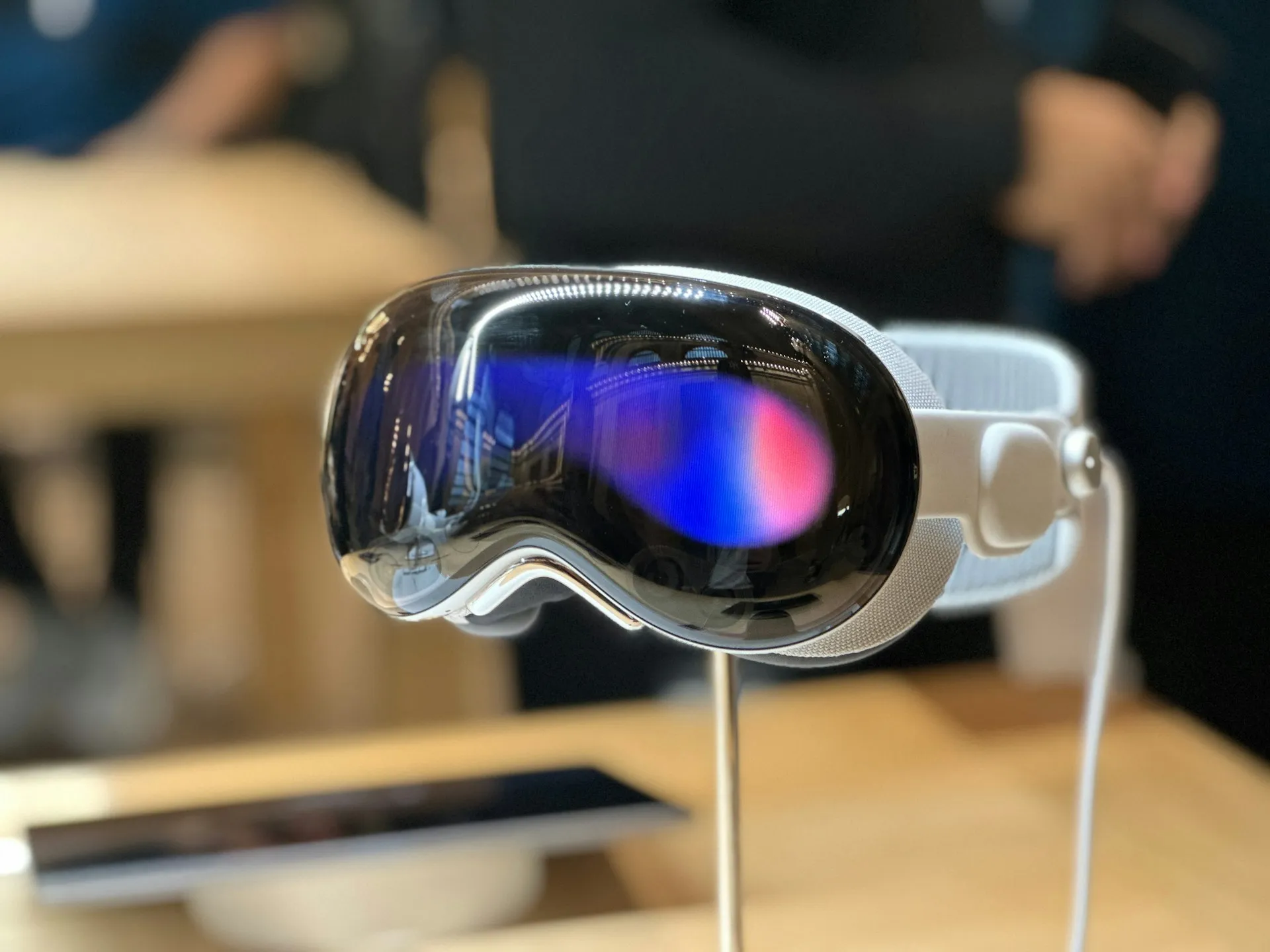
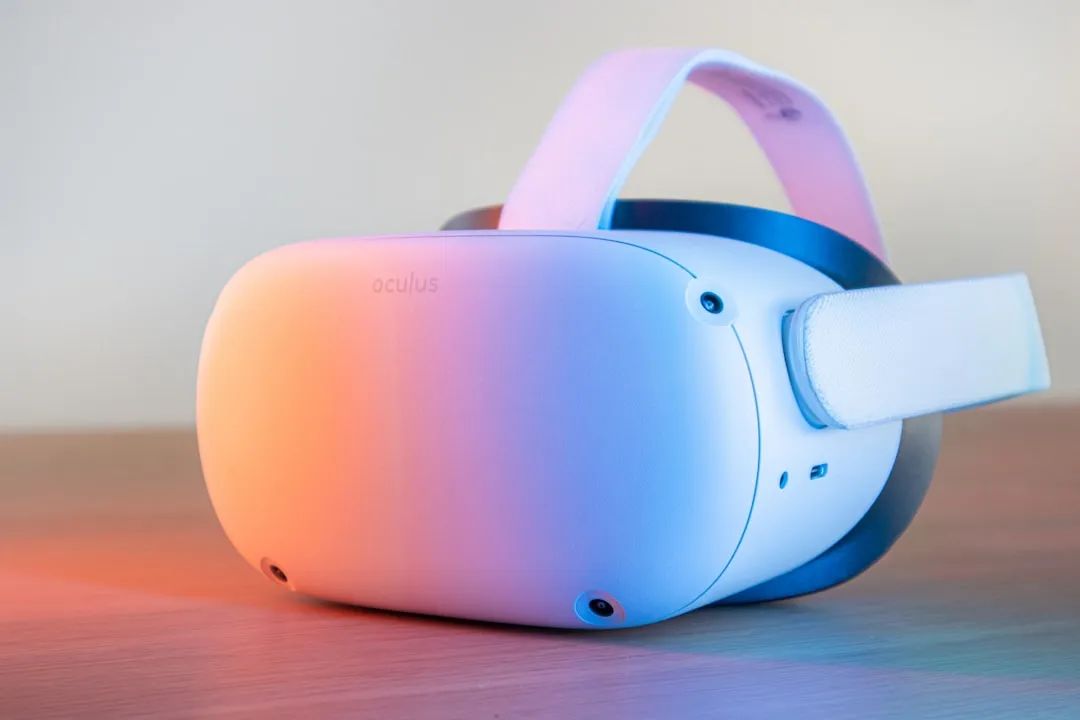
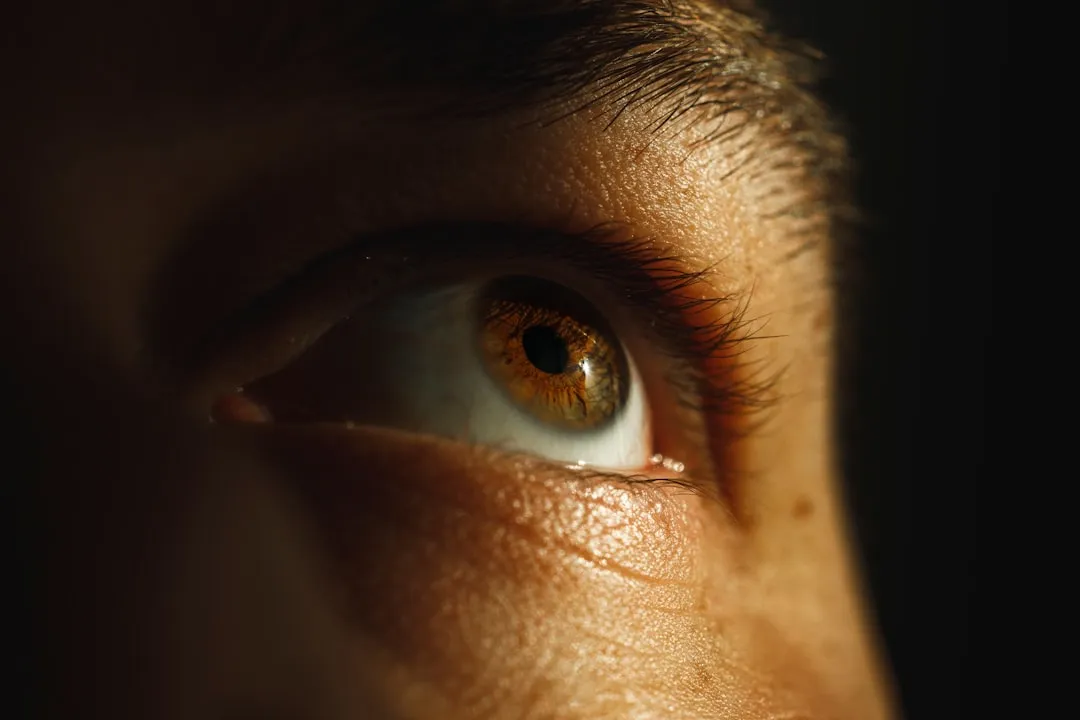
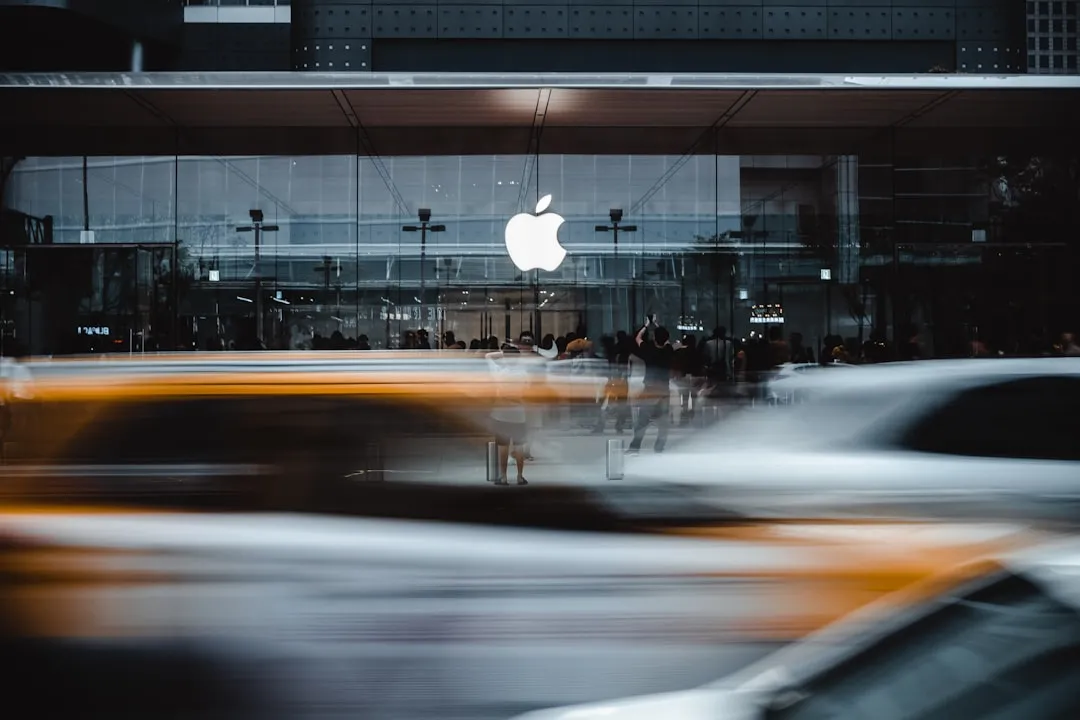
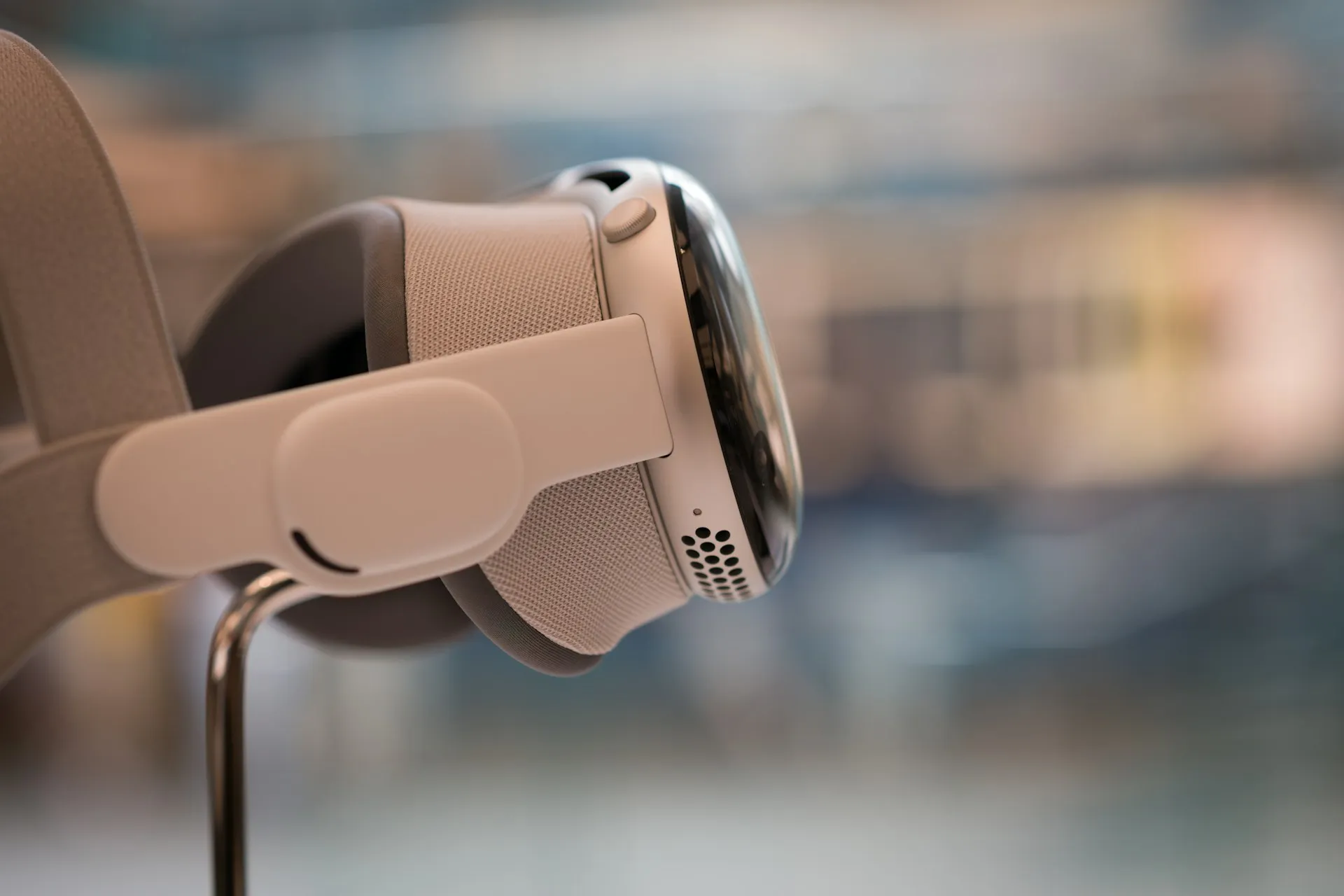
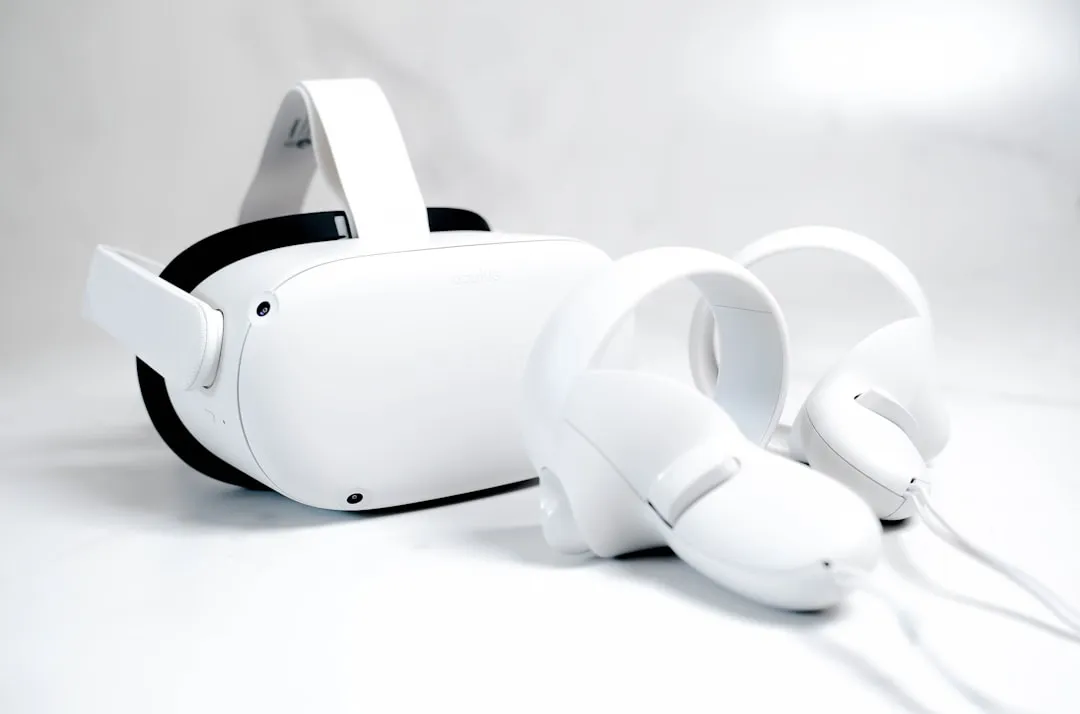
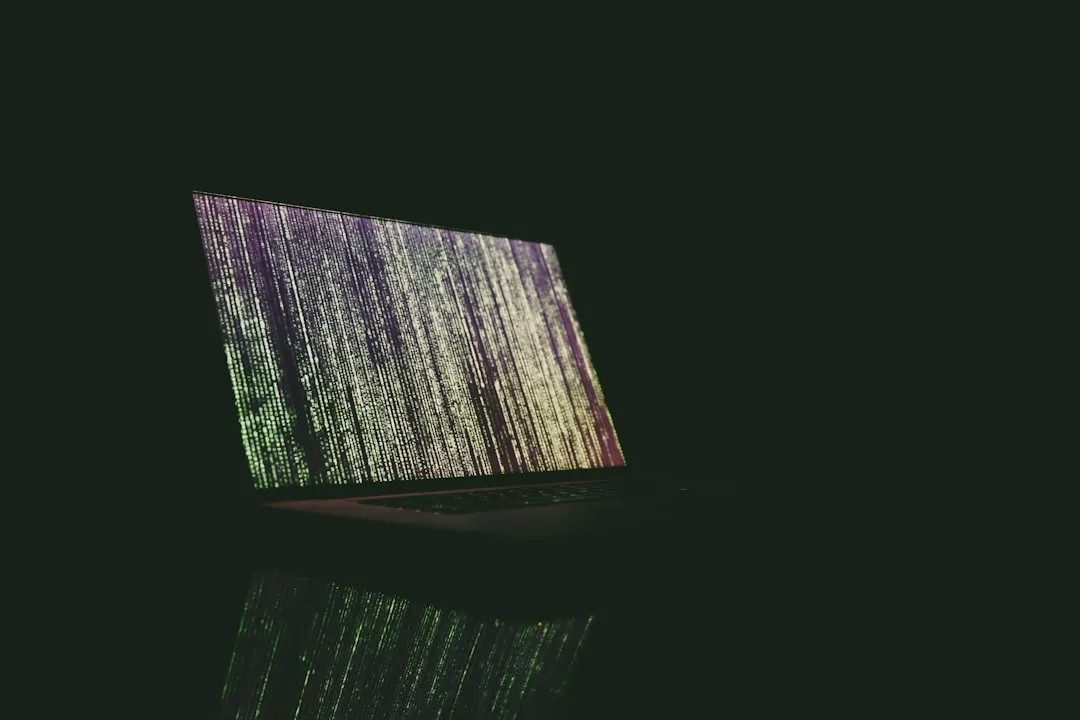
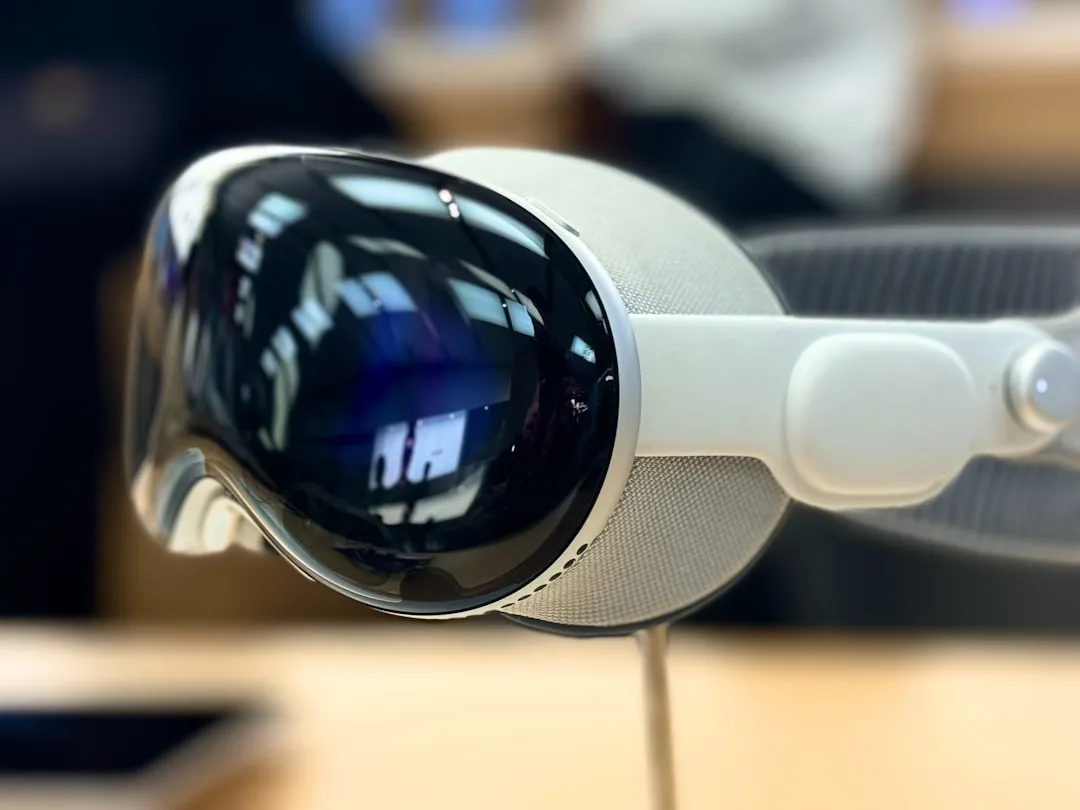
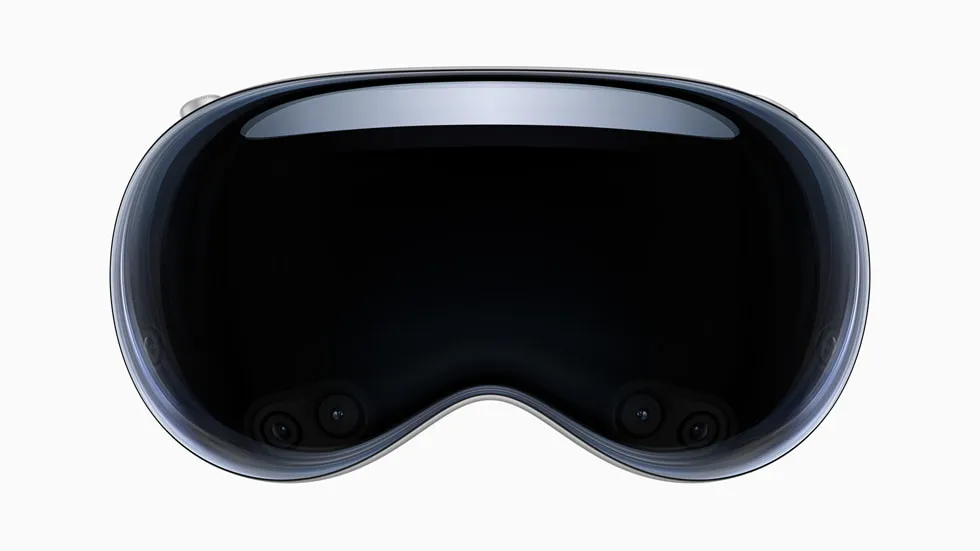
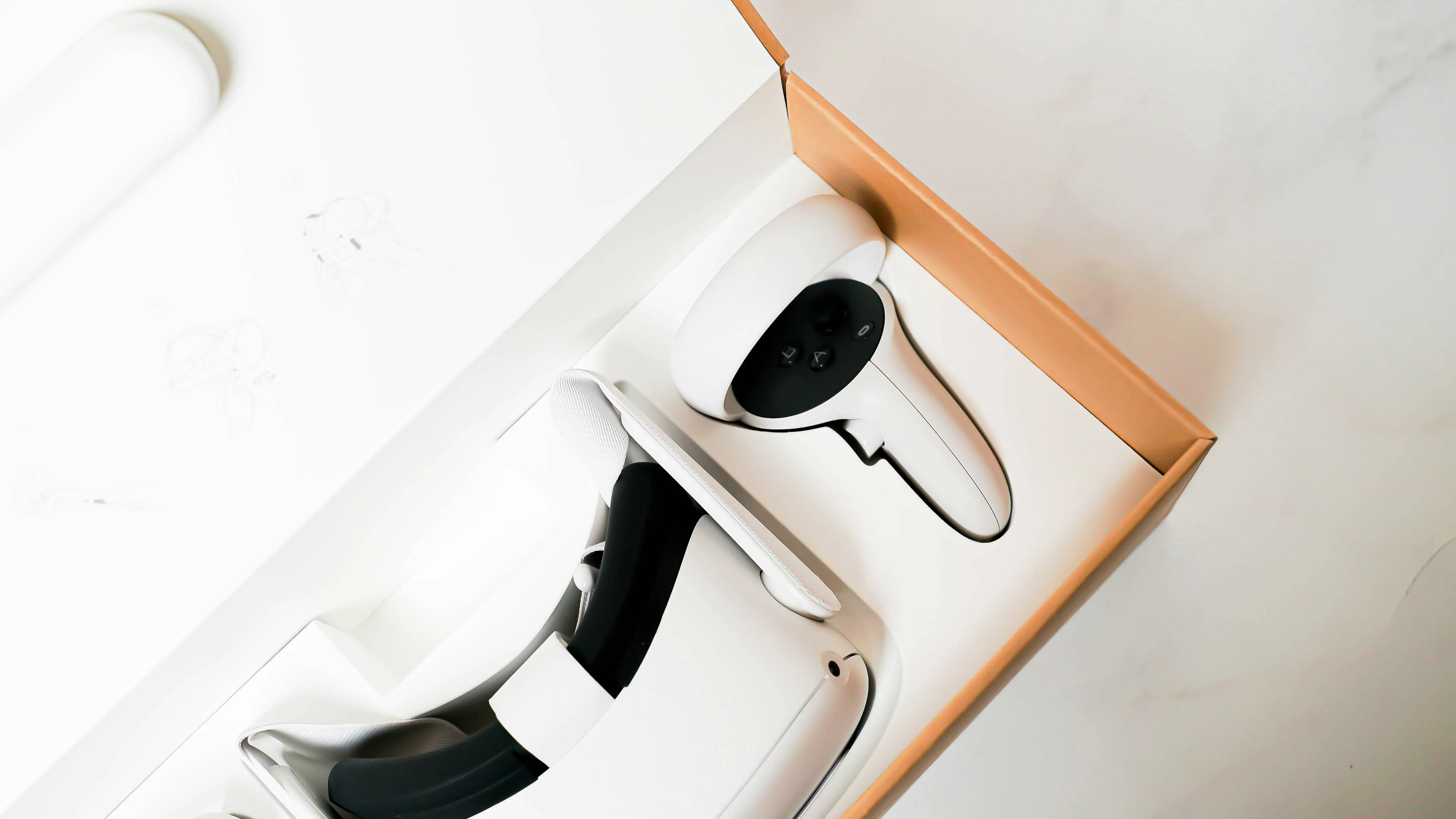
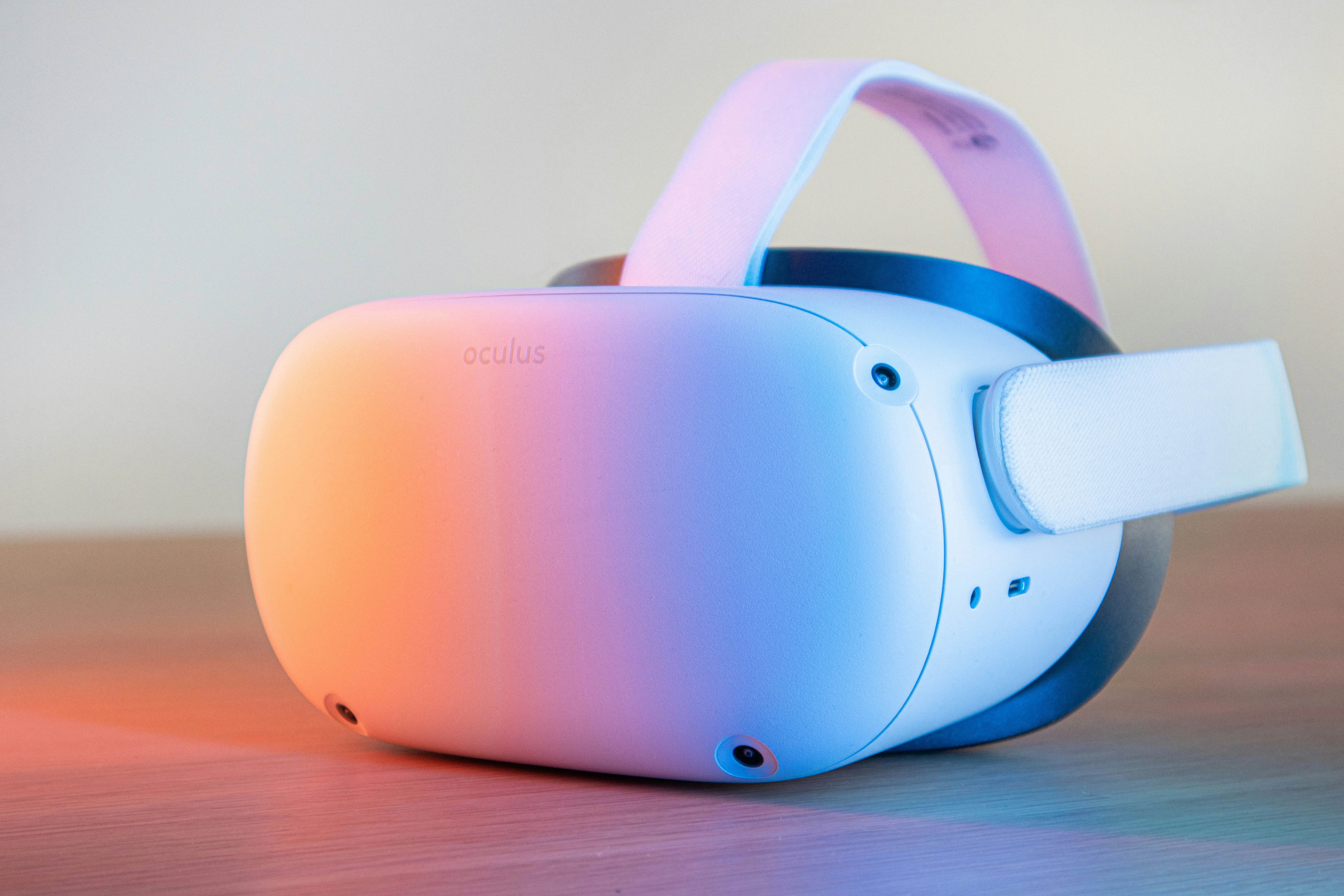









Comments
Be the first, drop a comment!